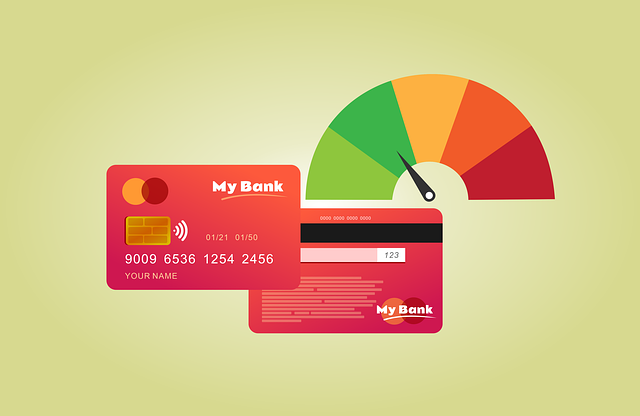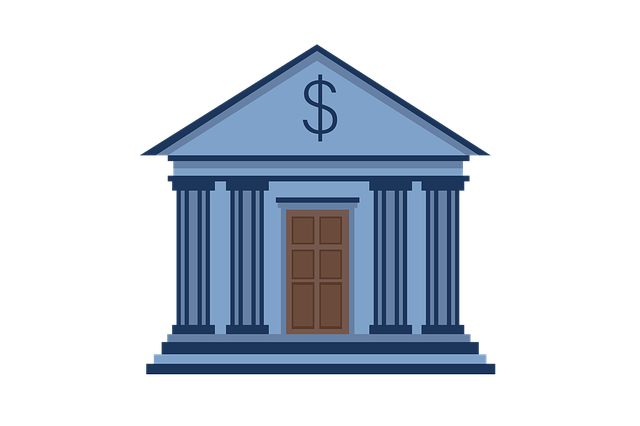Traditional loans are favored for their reliability, offering fixed rates, structured repayments, and predictable terms, providing both individuals and businesses with long-term financial security. In contrast, alternative financing (alternative loans) bypass traditional banks, offering speed but potential risks like variable rates and lack of regulation, which require careful consideration.
In today’s fast-paced financial landscape, it’s easy to get swept away by the allure of speed and convenience offered by alternative financing options. However, for those seeking stability and reliability, traditional loans remain a robust choice. This article delves into the core advantages of traditional loans, highlighting their stability as a key feature. We’ll explore why opting for traditional loans over alternative financing can be a strategic decision, while also examining the latter’s impact on financial stability.
- Understanding Traditional Loans: Stability as a Core Feature
- The Advantages of Opting for Traditional Loans Over Alternative Financing
- Exploring Alternative Loan Options and Their Impact on Financial Stability
Understanding Traditional Loans: Stability as a Core Feature

Traditional loans are a staple in the financial world, known for their reliability and consistent stability. These loans operate on a straightforward principle: borrowing money with a set interest rate and repayment schedule. This predictability is a significant advantage over alternative financing options that may offer more flexible terms but can be less dependable. With traditional loans, individuals and businesses can count on a steady payment structure, making it easier to budget and plan for the future.
The stability of traditional loans makes them an attractive option for those seeking long-term financial solutions. Whether it’s for purchasing a home, funding education, or expanding a business, these loans provide a solid foundation. Lenders assess borrowers’ creditworthiness and offer terms tailored to their needs, ensuring that both parties are protected by clear conditions. This approach contrasts with alternative loans, which might be more adaptable but can lack the same level of predictability, leaving room for unexpected changes in repayment terms.
The Advantages of Opting for Traditional Loans Over Alternative Financing

Traditional loans have a distinct advantage over alternative financing options in terms of stability and reliability. When you opt for a traditional loan from a reputable financial institution, you benefit from fixed interest rates that remain consistent throughout the loan term. This predictability allows for better budgeting and ensures you know exactly how much your monthly payments will be, providing long-term financial security. Moreover, traditional loans often require less extensive documentation and have simpler application processes compared to alternative loans, making them more accessible to a broader range of borrowers.
Another benefit is the stability of the lending institutions themselves. Traditional lenders, such as banks and credit unions, are established entities with proven track records. They are subject to regulatory oversight, ensuring consumer protection and fair lending practices. In contrast, alternative financing options may come from non-traditional sources like online lenders or peer-to-peer platforms, which can lack the same level of regulation and stability. Choosing a traditional loan can offer borrowers peace of mind and confidence in their financial decision-making process.
Exploring Alternative Loan Options and Their Impact on Financial Stability

In today’s financial landscape, traditional loans have long been considered a cornerstone of stability and reliability for borrowers. However, with evolving needs and an increasing demand for flexibility, exploring alternative financing options has become a viable path for many. Alternative loans, also known as non-traditional or peer-to-peer lending, offer a fresh perspective on borrowing, prioritizing speed and accessibility over the long-term stability of conventional methods. These innovative financing models have gained traction, especially among younger generations and businesses seeking rapid capital injection.
The rise of alternative financing disrupts the traditional banking system by connecting borrowers directly with lenders, cutting out intermediaries. This shift has several implications for financial stability. On one hand, it provides quicker access to funds, benefiting entrepreneurs and startups that might struggle to meet strict bank criteria. Yet, it also introduces risks, as these loans often lack the same level of regulation and oversight as traditional ones. Borrowers must be mindful of variable interest rates, repayment terms, and potential hidden fees when considering these alternatives, ensuring they remain sustainable in the long term.






